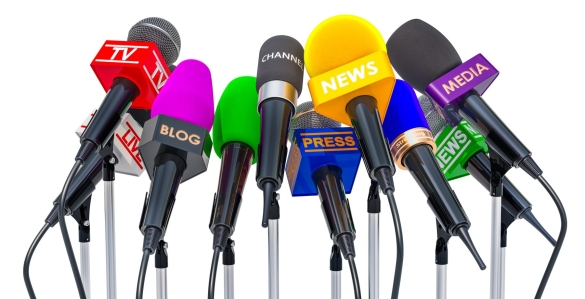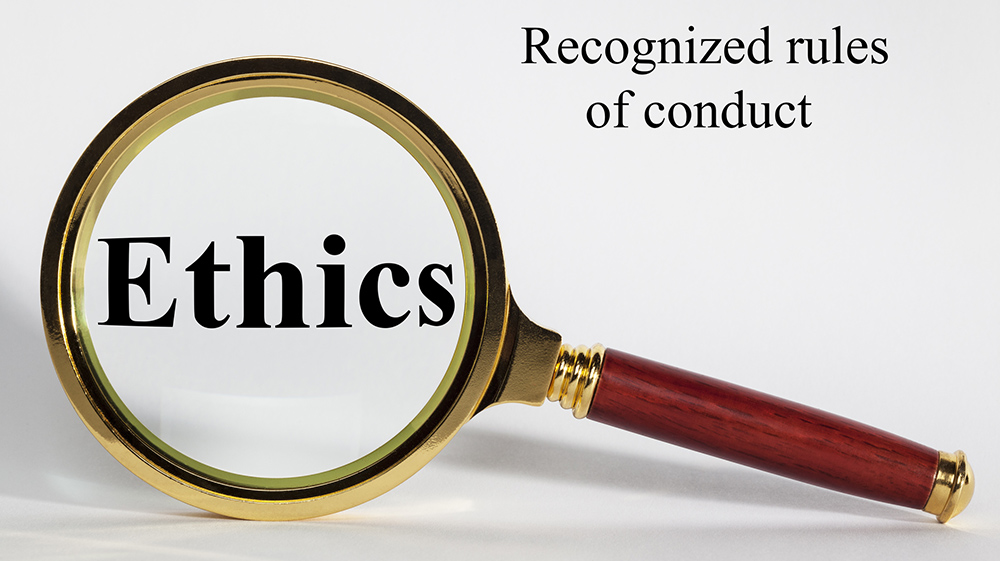Mark Twain once said, “The public is the only critic whose opinion is worth anything at all.” But PR professionals know that journalists’ opinions matter — a lot — when you’re pitching stories to them.
Tech public relations firm Global Results Communications (GRC) published the findings from their second annual PR Media Report last month. Regular readers may recall that I reported on their first landmark survey revealing journalists’ shifting attitudes toward public relations and the challenges they have working in an industry undergoing transition, including what they appreciate most from PR and media relations professionals.
In this second look at GRC’s latest PR Media Report, US media members answered questions covering the same gamut of industry-relevant topics as last year.
For background: The survey was conducted in 2022. Of the 1,015 respondents, 46% hold decision-making roles as editors, with 58% possessing more than 20 years of experience. This suggests they’ve witnessed massive changes, corporate mergers, and industry upheaval during their careers. Notably, 85% of the respondents have been in the hrefmedia business for at least 10 years.
Overview
GRC Founder and CEO Valerie Christopherson said in a press release, “At first glance, it appears not much has changed year over year, with three-quarters of respondents stating their reliance on content from PR is the same as in 2021.”

“However, a closer look at the data reveals that demographics are shifting; print is on the decline, and broadcast and digital are on the rise. Journalists are facing more competition than ever, technology is playing a greater role, and responsibilities are shifting. So, it is incumbent upon us in PR to take heed of these changes and adapt accordingly to better service journalists’ audiences and our clients alike.”
This second look allowed GRC to measure if or how things have changed since the prior year. For example, when respondents were asked if their reliance on content from PR had changed from 2021, 75% said their reliance was the same, 15% said it was less, and 10% said it was more.
The main reason given for relying on PR for content? That stayed the same as well — plain and simple — it saves them time.
What’s changed
The report outlines three key takeaways: the changing demographics in journalism, PR is still too promotion-heavy and news-light, and less travel is required for face-to-face interviews thanks to the rise in video conferencing.
The demographic changes included the type of outlet they work for and their industry focus, as shown in the chart below from the PR Media Report.

Face-to-face interviews go digital. The report stated, “Even journalists, who traditionally have preferred phone calls and email for interacting with sources, are slowly getting on board with video. Almost half the respondents (47%) still favor phone calls, with 33% preferring interaction through email. But 20% now prefer video, a significant jump from last year at 11%. Seeing someone’s face and hearing their voice simultaneously can help build stronger relationships. For journalists, this can be helpful in establishing a rapport and building credibility with their sources.”
For those who feel PR is too promotion-heavy and news-light, more than half of the journalists (58%) say it’s due to misalignment with the target audience of the reporter or media outlet, or it’s heavily leaning on the promotional side (32%).
Consider this: In the early 1980s, there were about 50 media corporations controlling the industry. Whereas, today there are just 5 corporations that own approximately 90% of the news and entertainment media (including TV, radio, cable, digital and print newspapers and magazines, books and films).
What it means for media relations
This last point on PR misalignment reaffirms what we all know and what I’ve previously said about pitching the media. PR pros must be meticulous in researching potential pitch targets by digging deeper – looking at past stories, actually reading the journalists’ and outlets’ recent articles or blogs, and checking out what topics they’re talking about on social media. It’s crucial to (virtually) get to know the person well enough to be confident that the story you’re about to pitch is a good fit.
On the plus side, 78% of the respondents say they rely on information from public relations professionals for news. In addition, 89% of the journalists said the PR pros provided helpful content.
Perhaps unsurprising, but of note, the content journalists are most likely to use media releases (59%). Next is article abstracts or story pitches (13%), press kits (9%), contributed article by a subject matter expert (6%), and case studies (5%).
Let me say this loud for those in the back… Despite years of hearing the ‘press release is dead,’ it’s clearly not! It may well be the oldest tool in the PR toolbox, but it obviously still holds real value.
However, journalists report that the quality and accuracy of the PR content needs to be improved. When asked how often they are provided with inaccurate information, 69% said frequently (with 1% saying daily) or sometimes, and just 31% said hardly ever.
NOTE: To view interactive chart in large view, click on the image below.

The survey also asked journalists what core characteristic of a PR professional they appreciate most, and (unfortunately) it’s the same thing that needs improving, as the chart above shows.
Another survey of journalists last year showed that journalists are busier than ever as they cover an average of four beats (topics). In addition, nearly three-quarters of journalists said in addition to producing online and print content, they produce other content like newsletters and podcasts.
A Reuters Institute’s trends and predictions report said that journalists “have, to some degree, been ‘burnt out’ by the relentless intensity of the news agenda, alongside increasingly polarized debates about politics, identity, and culture.” This has led to journalists “struggling to cope with burnout from a relentless news cycle which has often impacted their own health, attacks by politicians, and harassment on social media.”
PR pros need to be part of the solution and not add to the problems journalists face every day!
Do better
The PR Media Report shows that while the media landscape has dramatically changed over the years, most journalists (89%) say their opinion of the PR profession has not.
On another note, the Axios Communicators newsletter summarized media relations in 2022: “The tumultuous news cycle, paired with fragmented audiences and slim newsrooms, made for a challenging year for PR.” We agree!
What does all of this mean for communicators? We must do better.
.
*A version of this post by Tressa Robbins originally appeared on January 3, 2023 at https://burrelles.com/media-relations-in-2023-what-journalists-have-to-say and is cross-posted here with permission.










 In January, two years into the pandemic, the World Economic Forum hosted a gathering of international leaders to share their outlooks, insights and plans relating to the most urgent global issues.
In January, two years into the pandemic, the World Economic Forum hosted a gathering of international leaders to share their outlooks, insights and plans relating to the most urgent global issues. 

 In an ever-evolving industry like public relations, good ethics is the communications foundational building block that never changes. Why? One of the main functions of public relations is to build trust and credibility for a particular brand, organization or company. And ethics are paramount to earning trust.
In an ever-evolving industry like public relations, good ethics is the communications foundational building block that never changes. Why? One of the main functions of public relations is to build trust and credibility for a particular brand, organization or company. And ethics are paramount to earning trust. PRSA ethics: PRSA’s Code of Ethics serves to clearly identify “improper public relations practices” and educate members. However, as a volunteer organization, PRSA’s enforcement authority is limited and does not hold sanctioning power. Still, the PRSA Board of Directors “retains the right to bar from membership or expel from the Society any individual who has been or is sanctioned by a government agency or convicted in a court of law of an action that fails to comply with the Code.”
PRSA ethics: PRSA’s Code of Ethics serves to clearly identify “improper public relations practices” and educate members. However, as a volunteer organization, PRSA’s enforcement authority is limited and does not hold sanctioning power. Still, the PRSA Board of Directors “retains the right to bar from membership or expel from the Society any individual who has been or is sanctioned by a government agency or convicted in a court of law of an action that fails to comply with the Code.” Deceptive: Dishonest and misleading messages. For example, euphemisms intended to obscure defects or deeds, deliberate ambiguity, weaponizing truth, concealing or covering up displeasing facts.
Deceptive: Dishonest and misleading messages. For example, euphemisms intended to obscure defects or deeds, deliberate ambiguity, weaponizing truth, concealing or covering up displeasing facts. Greenwashing: Ethics lesson
Greenwashing: Ethics lesson [
[




You must be logged in to post a comment.